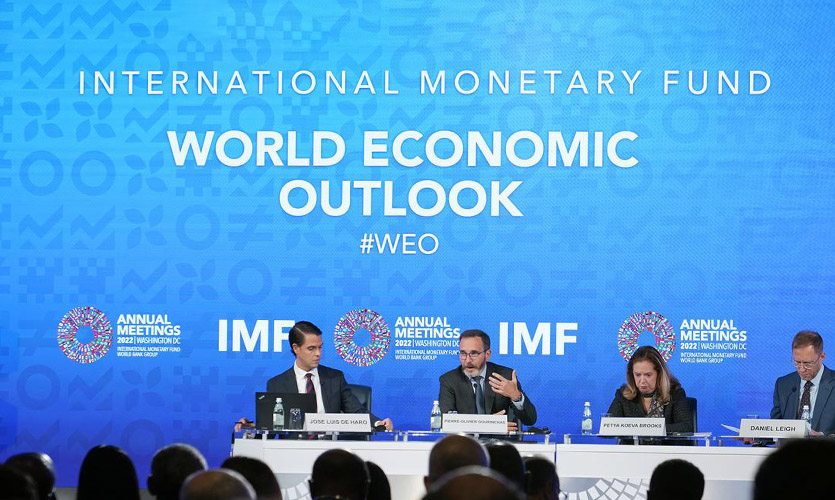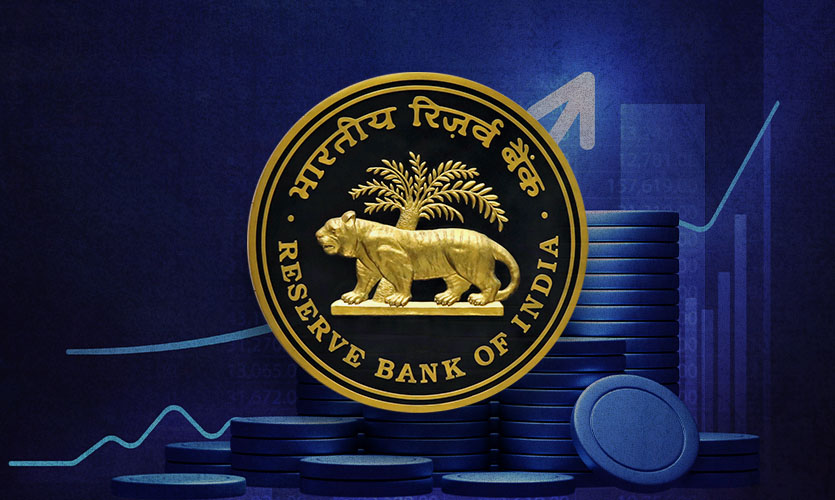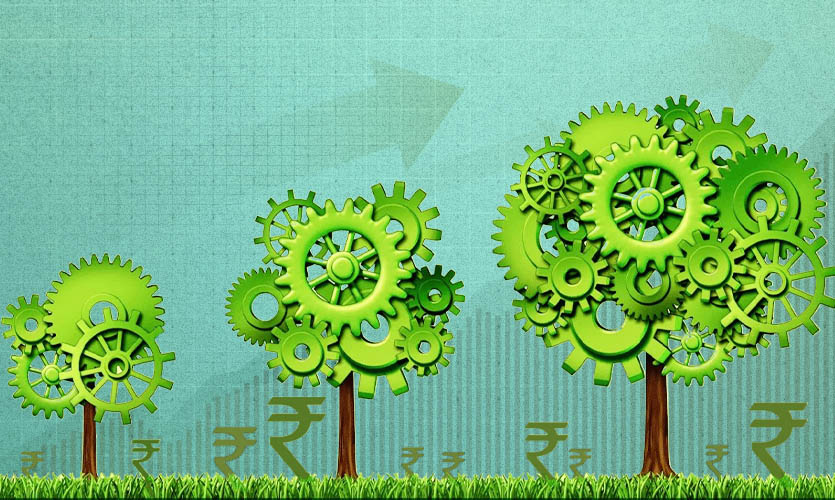Although India has not been immune to the slowdown in global economic development, it is doing better when compared to other nations, as per the International Monetary Fund (IMF). The main issue, according to Krishna Srinivasan, director of the Asia and Pacific Department at the IMF, is the current global environment where the GDP is “slowing across many parts of the world even as inflation is rising”.
“We expect countries accounting for 1/3 of the global economy to go into a recession this year or the next. And inflation is rampant. So that is the overarching story,” stated Srinivasan in an interview with PTI.
“Almost every country is slowing. In that context, India is doing better and is in a relative bright spot compared to the other countries in the region,” he added.
In its World Economic Outlook published on Tuesday, the IMF predicted that India’s growth rate will be 6.8 percent in 2022, down from 8.7 percent in 2021. The estimate for 2023 falls even more, to 6.1 percent. That is a little less than the Reserve Bank of India’s predictions in its most recent Monetary Policy Report, which put GDP growth at 7 percent in 2022–2023, and at 6.5 percent in the following fiscal year. According to the report, the three largest economies — the United States, the European Union, and China — will continue to stagnate, while more than a third of the world’s economy will experience a decline in 2023.
There are three underlying headwinds. First is the tightening of financial conditions as a result of Asian economies and central banks’ efforts to combat inflation. The second is the conflict in Ukraine, which has increased food and commodity prices, and widened current account deficits. With the decline in international demand, India is having an impact with domestic inflation increasing as well. According to Srinivasan, the Indian economy has seen modest growth, which is why they expect it to grow this year and the following year, given both inflation and the effects of monetary policy on investments.
Srinivasan said that the Indian government has a bold strategy for CAPEX, and argued that it must be carried out in order to increase domestic demand. He claimed that the Indian government is doing a great job of addressing how inflation affects the weak and the poor.
Srinivasan claimed that India has made incredible progress in digitalisation. He continued by saying that if the nation could use digitalisation to address various issues in the short and long-term, growth would continue to increase in the future. India took a hit to the chin during the Delta wave of the COVID-19 crisis, but has bounced back strongly in terms of vaccinating a large swath of the population.
According to Srinivasan, around 70 percent of the populace has received all recommended vaccinations. It is not simple to immunise a nation with 1.4 billion inhabitants. He also mentions that the country has also used the resources very wisely to help jobs, healthcare, and the weak and destitute. The zero COVID plan has hurt the Chinese economy, whereas India’s response to the outbreak through vaccination has made a fruitful impact.
“They have used their resources judiciously. Given the global context of where growth is slowing, and inflation is rising, in that context, India has done well, to protect growth. Now, going forward, it is not gonna be easy, because to continue the growth prospects, India has to continue with this ambitious CAPEX plan,” Srinivasan said.
According to him, this will have a multiplier effect on the private sector and lead to the creation of jobs. “You have to create an environment where those jobs are more. So going back to the CAPEX plans, which kind of brings in the private sector will give a boost to the economy. In that sense, I think it’s a good thing,” he said.
Due to the increase in oil prices, India is under significant strain on its external balance. Deficits in the current account are growing. In response to a query, Srinivasan stated that there are some reforms that require longer-term action, including labour, land, and agricultural reform.
“They did go ahead with agricultural reform. It didn’t kind of pan out, same thing with land reform. But these need to continue. You have to keep the momentum going all that will improve your business environment,” he said.
Compared to the rest of the globe, India is predicted to perform exceptionally well. The IMF gauges this by concentrating on the share of the global GDP based on purchasing power parity. The accompanying figure illustrates how India’s contribution to global GDP is anticipated to continue increasing over time.
Last but not least, the World Economic Outlook of the IMF offers the following guidance to decision-makers in developing markets: “Financial unrest may probably arise when the world economy enters turbulent waters, leading investors to seek the security of safe-haven assets like US Treasuries and driving the dollar even higher. Policymakers in emerging markets should batten down the hatches right away.”
Read more: India Has Zero Probability Of Slipping Into Crisis Amid The Global Recession










